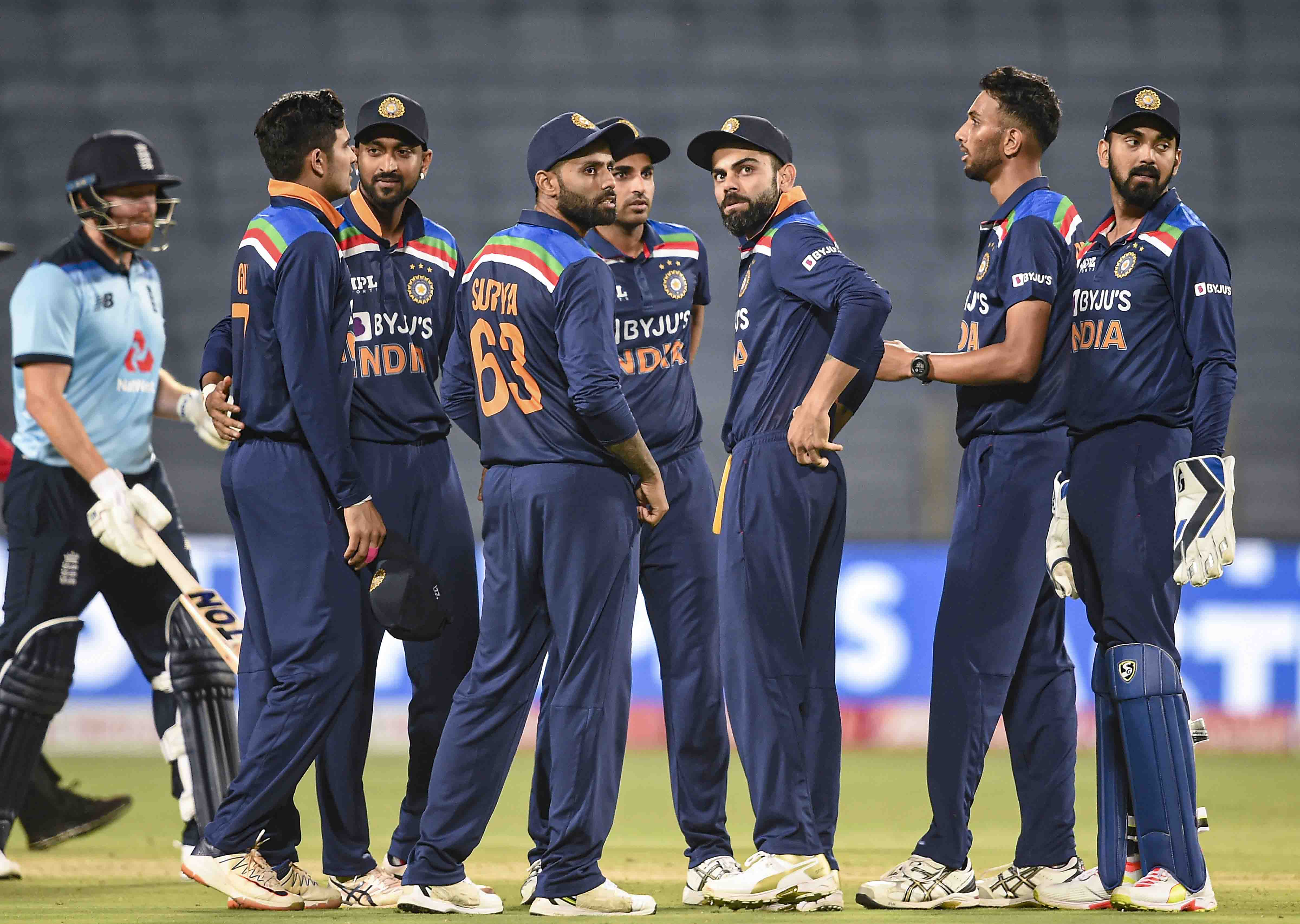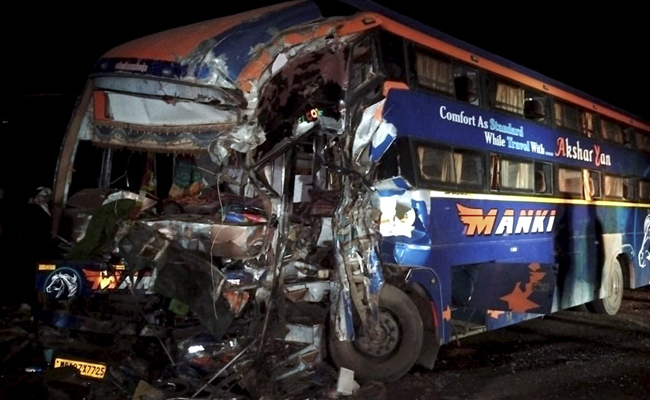Pune, Mar 23: India outplayed world champions England by 66 runs in the opening ODI here on Tuesday to take a 1-0 lead in the three-match series.
Chasing a steep 317-run target for victory, England folded for 251 in 42.1 overs despite making a dazzling start.
Rookie pacer Prasidh Krishna turned it around remarkably after being taken to the cleaners early on to register figures of 4/54 in 8.1 overs, the best by a debutant.
For England, opener Jonny Bairstow top-scored with a 66-ball 94.
His 135-run opening stand with Jason Roy (46) put England in a commanding position before their it all unravelled for the visitors.
Earlier put in to bat, India produced a solid batting performance. Opener Shikhar Dhawan roared back to form with a 98-run effort, while skipper Virat Kohli (56), K L Rahul (62 not out) and debutant Krunal Pandya (58 not out) notched up half centuries.
Dhawan and Kohli shared a second wicket partnership of 105 runs that laid the foundation for Rahul and Pandya to accelerate.
The Pandya-Rahul combination put together 112 runs for the sixth wicket. Later, Pandya, a left-arm spinner, also picked up a wicket.
Brief Scores:
India: 317 for 5 in 50 overs
England: 251 all out in 42.1 overs (Jonny Bairstow 94, Jason Roy 46, Prasidh Krishna 4/54, Shardul Thakur 3/37, Bhuvneshwar Kumar 2/30).
Let the Truth be known. If you read VB and like VB, please be a VB Supporter and Help us deliver the Truth to one and all.
Jaipur (PTI): Four people were killed and 27 others injured after a bus collided head-on with a truck on Jaipur-Bikaner National Highway in the Sikar district of Rajasthan on Tuesday night.
The sleeper bus was travelling from Bikaner towards Jaipur when they rammed into each other.
The police said that four persons died in the accident, adding that 15 injured were admitted to the Sikar district hospital while 13 were given primary treatment at Fatehgarh. One critically injured person referred from the Sikar district hospital to SMS Hospital in Jaipur died during treatment, the police said.
The group of passengers was returning Gujarat after visiting Jammu and Kashmir when the accident occurred, the police added.





